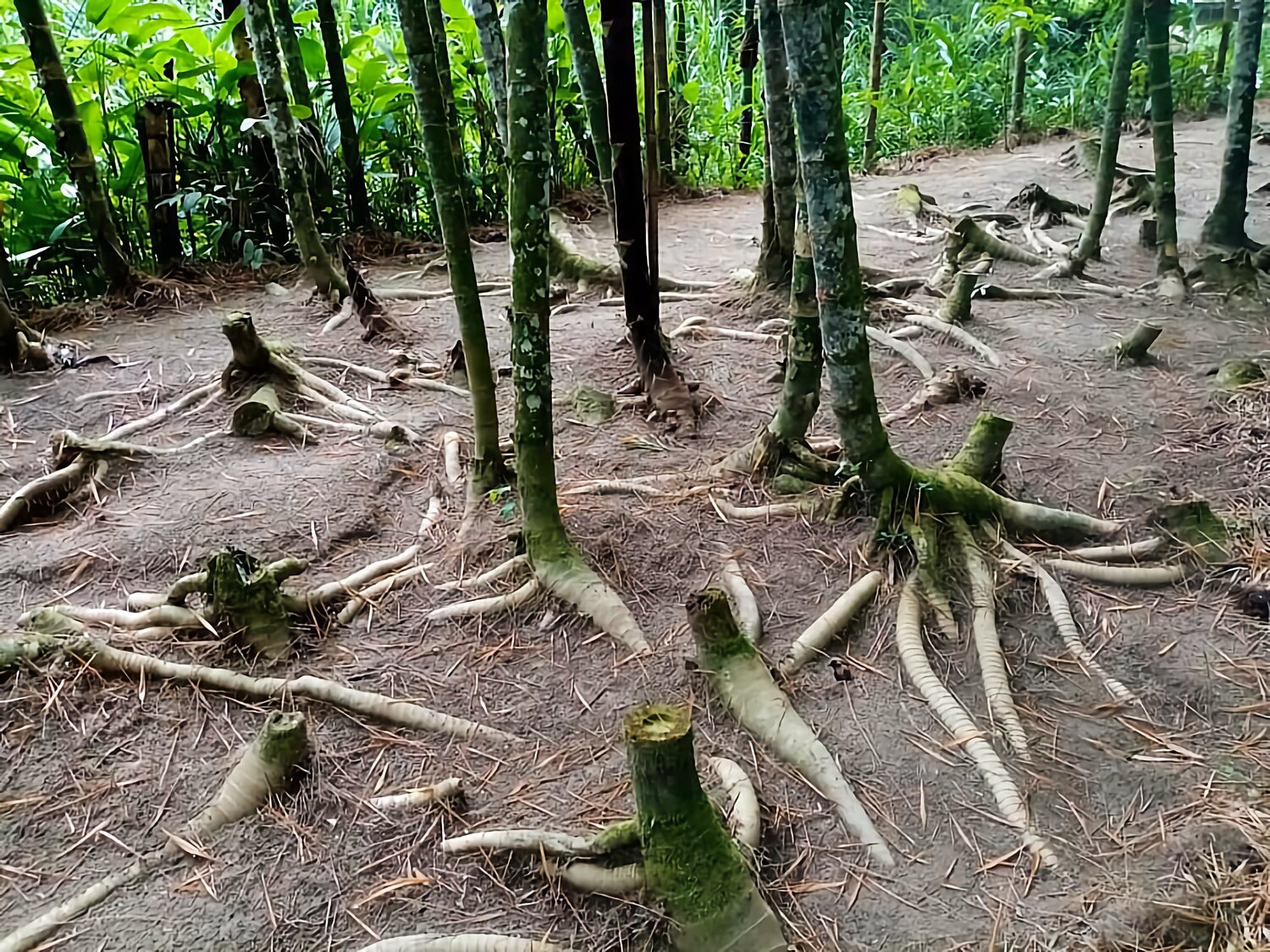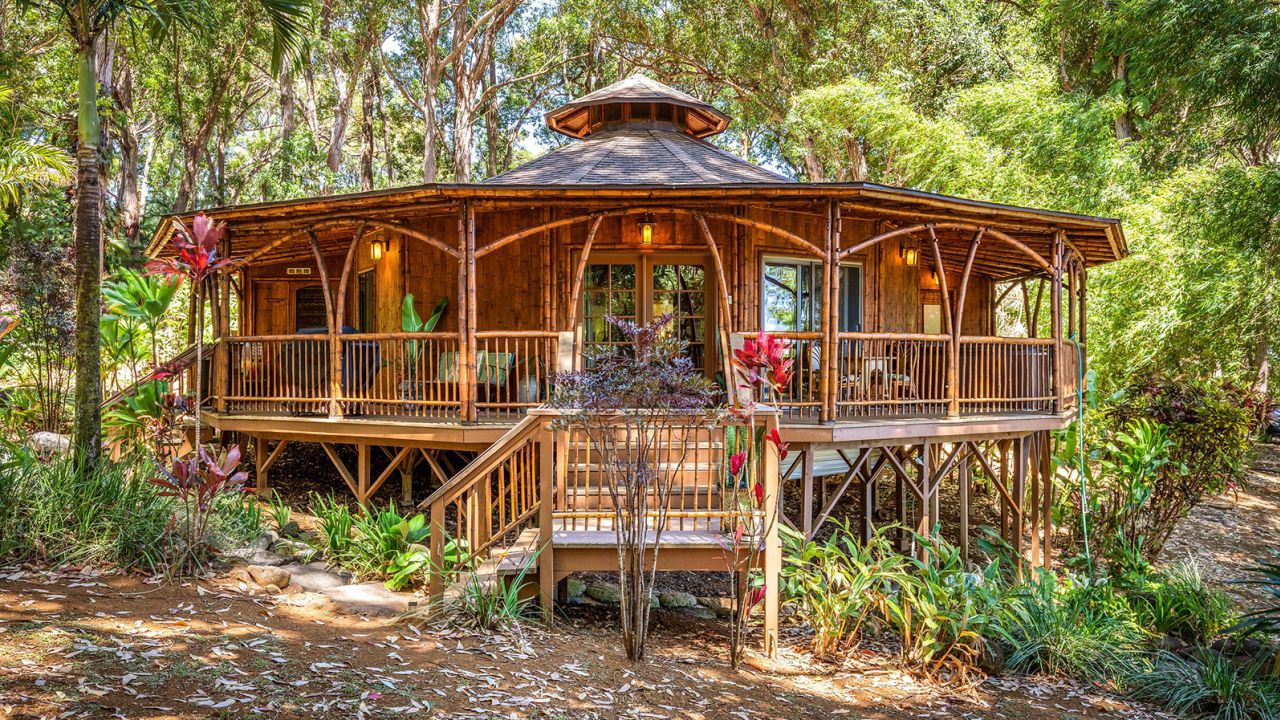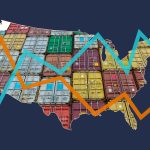Bamboo: An Untapped Renewable Energy Source
Currently, when comparing energy production from bamboo to energy production from fossil fuels, the ratio is about 3:1 in favor of fossil fuels. This is an ongoing research project that both India and China are very actively pursuing. While further research could no doubt reduce the ratio, fossils are not renewable – it’s one and done. Once fossil fuels are gone… they are gone!
But bamboo is forever and if we develop bamboo plantations, it could potentially produce the same amount of energy we get from fossil fuels, especially considering the ancillary energy savings that could come from its role as a green building material.
One major question is: How much energy can bamboo biomass add to the world?
The short answer is that we don’t know. There are about 36 million hectares of bamboo forests and plantations in the world. Based on many estimates each hectare has between 15 and 80 tones of bamboo that is properly managed and could be harvested annually. If we dedicated 30% of those resources to energy, we could produce between 4 and 5 exajoules of energy, which is not a lot but still enough to increase renewable energy production by about 10%.
Note that this calculation is based on converting biomass into ethanol. Bamboo can also be converted to charcoal, in which the amount of energy is about 15% higher. There are even processes for turning the plant into compressed gas, which can substitute for natural gas.
Realize that though the properties of bamboo biomass arguably make it the most important contributor to a sustainable planet, the potential has barely been tapped. For example, China has about 18% of the world’s bamboo resources but less than 2% of the world’s land area. As I have noted, because of bamboo’s unique root structures it can not only grow in extreme environments but also reinvigorate those environments so as to make them more habitable to other plants and also to more species of bamboo.
Recognition of the potential importance of bamboo research is to acknowledge we are overlooking the most important material for reaching our goal of a circular planet. Bamboo is incredibly hardy and can grow almost anywhere. And in the event that bamboo forests and plantation are managed correctly, it will improve the overall fertility of the soil.

How Bamboo Can Mitigate Man-Made Carbon Emissions
Additional evidence of the importance of nature in solving climate problems comes from forests. Since the industrial revolution the amount of land occupied by forests has declined by about 30% to 4 billion hectares. It’s merely a coincidence that this decline almost matches the increased amount of man-made CO2 being emitted.
Therefore it’s just common sense to look for ways of developing better CO2 sinks. Bamboo may not be the best sink in nature on a ‘per area’ basis, but if you consider that bamboo can grow in almost any region, it also serves as a much better CO2 sink than average tree forests.
India wants to create sinks that will sequester up to 4 gigatonnes of CO2 with bamboo being the most important plant. To put 4 gigatonnes in perspective, one gigaton of CO2 represents one part per million. Thus 4 PPM is a very big deal. That’s equivalent to the largest yearly emissions of man-made CO2. Bamboo could single handedly mitigate the world’s CO2 emissions while also sufficing as a renewable energy source.
If bamboo’s properties as an energy source and CO2 sink are not enough… Let’s not forget that bamboo is a remarkable building material. Buildings account for about 40% of the world’s energy budget and about a similar percentage of CO2 emissions. Concrete gets the lion’s share of the blame, but steel is running a moderately close second.
Could living in a bamboo house help solve the climate crisis?
Nature’s Gift To Humanity
Here are more intriguing properties of bamboo. Bamboo can be made into a material that, when combined with a film, is both translucent and effective in blocking heat from the sun – in other words, a nearly ideal insulator.
Something else: the tensile strength of bamboo is about 20% greater than steel. While bamboo is being used to make green concrete, with more research there is little doubt that the CO2 footprint of buildings would drop dramatically, as would the energy footprint as the demand of air conditioning would likely tumble.
It should be emphasized and underlined multiple times: we are not going to create a sustainable circular planet without using a massive amount of fossil fuels.
To date, we have dumped over $4.5 trillion into renewable energy infrastructure projects. So far, the most notable result seems to be that solar should be anointed as the leader in our effort to bring the world to sustainability. Except, solar accounts for barely 2% of the entire world’s yearly energy production. And that’s not realistic, not in the short-term, certainly not in the long-term.
Lest we forget that creating solar panels uses a tremendous amount of fossil fuels. They require highly refined ultra-pure silicon to create the semiconductors used in every single solar panel. If it weren’t for the un-environmentally friendly mining of rare earths like lithium, cobalt and manganese, we wouldn’t even have a chance of creating a battery to store the energy produced by a solar panel. And of course we have to mention the mining of industrial metals like copper, zinc, nickel and aluminum… All critical to produce just one simple solar panel- up to a grand scale power grid solar farm.
It’s looks evermore that creating solar panels are outright more down and dirty to manufacture than we ever realized.
We have to change our game tout suite. Right now, what we are doing is placing an existential bet on China to succeed in an area in which we have struck out. It’s hard to put into words how much money and time has been wasted in trying to develop what will always be nothing more than a secondary source of new energies.
Why Has The IPPC Omitted Empirical Evidence On Bamboo?
In more than 2500 pages of IPCC materials, bamboo is mentioned exactly once. And the mention of bamboo is parenthetically used merely to reference an example of plants and grasses that are found in forests. Is this some kind of a joke?
It would behoove the West (hopefully in cooperation with China and India) to initiate a massive push to extend 36+ million hectares of bamboo to multiples and indeed high multiples of that number.
In addition to the four billion hectares of forest that currently exist, there is also about 1.7 billion hectares of grassland, which is currently habituated. Many different types of grasses are present on that land but bamboo, the most important grass, is not. Obviously not all that land can be fully developed in a short period of time but we must start… And soon!
It’s a good bet that given the properties of bamboo not only as a soil enhancer but also as a water shield (which protects against floods) a lot of that land could serve humanity in a variety of beneficial ways. As for the 4 billion hectares of forest, bamboo is currently being used in the Amazon to reinvigorate dry and fire ravaged land.

The existence of bamboo as well as other plant life make clear the failings of the IPCC – and indeed all the western policy makers – that are slavishly following the recommendations of the IPCC. By not even considering bamboo as an alternative to eliminating fossil fuels, the major agenda of climate activists has little or nothing to do with creating a new worldwide energy system that completely ditches fossil fuels in place of renewable energies that do not emit CO2, but nevertheless require massive amounts of fossil fuels to create.
Indeed, I will argue that this agenda, while dangerous in the short term, could be utterly catastrophic in the longer term.
The horrific failings of the IPCC’s analysis and recommendations and those that accept these findings without a shred of questioning… Force us to ask why is the West putting so much effort into something that is unsustainable. In the short term, solar can only advantage perhaps one decade because the average solar photovoltaic cell has a 7 year average lifetime before it needs major repair or total replacement.
This kind of near-sighted agendas actually impair the vast majority of the world’s inhabitants. While in the longer term, even the progeny of those that currently reap the short term gains created by solar… Could be condemned to a hopeless future. I may sound hyperbolic in saying this; however if we squander our precious non-renewable natural resources for fruitless efforts to create blatant non-renewable infrastructure- then I am justified in my hyperbole.
Indeed, particularly in the West, it has taken us less than 50 years to destroy the best chances modern civilization has ever had for creating a world of continued prosperity, which the entire globe could participate if we could manage to all get along. Since we are intent to bicker amongst ourselves instead of cooperate, as a result, we will be met with an unimaginable punishment. This last point, dealing with motivations for steering the world into an endless, hopeless hole, will be the overriding theme of future blogs and will strongly inform the book I am currently writing.
The Agenda That Serves Un-Sustainable Energy
The only rationale for leaving fossil fuels for another energy source is that fossil fuels are a finite source of energy that have a limited lifetime. Moreover, any energy source put forth as an alternative must satisfy two criteria.
First it must have a longer life expectancy than the alternatives they are replacing.
Second, and closely related, the fossil fuels used to put the energy source in place must be able to replace the fossil fuels that are used in the process.
In other words, realize that the only existential energy crisis we are facing is running out of energy – full stop. The evidence that solar energy, considered the major driver, along with wind and other renewables in which the world is investing, cannot single handedly drive this transition without the help of fossil fuels.
As I have suggested in previous articles, wind and solar do not present nearly enough evidence to make the kind of colossal change from fossil fuels to “green” technologies. Not to mention, unlike bamboo, they offer no natural mitigation of man-made CO2 emissions.
There are alternatives: bamboo along with other biomasses should be at the top of the agenda and not an afterthought. I’m becoming ever more aware of the nefarious trajectory the West seems to be following. I was recently reminded of how much we have changed in the past half century when someone on YouTube quoted the late President John F. Kennedy in a speech he made before the Irish Parliament in 1963. Then, as now, there was a lot of conflict in the world to which Kennedy commented:
“Hostility today is a fact, but it is not a ruling law. The supreme reality of our time is our indivisibility as children of God and our common vulnerability on this planet.”
We desperately have to get back to a world in which cooperation can exist hand in hand amongst sovereign countries that share completely different cultures and histories.
No doubt there is evil in the world, but there is also a burning desire to separate those very few who represent true evil from the very many who, when given the chance, will surprise you with their basic humanity.


















